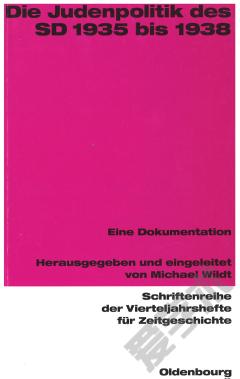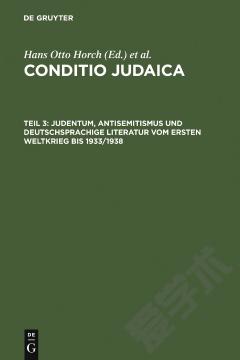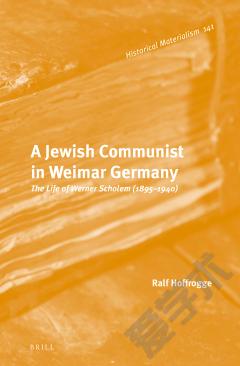Eichmann's Jews —— The Jewish Administration of Holocaust Vienna, 1938-1945
----- 艾希曼的犹太人-维也纳大屠杀的犹太人管理 1938-1945
Preface. 1 Prologue. Survivor guilt. Breaching taboos. No mass murder without victims. 2 The Vienna Kultusgemeinde before 1938. Securing evidence - at the scene of the crime. Jewish strategies to counter anti-Semitism. The corporate state - in the shadow of the Third Reich. 3 Persecution. The German invasion and the Austrian response. Expropriation through the deprivation of rights. The hunt for booty. 4 Struggle for survival and escape. The decapitation of the Jewish Community. The attempt to escape or 'Get rid of the Yids and keep theirmoney here.' 5 The Vienna Jewish community under Nazi control. The reorganization of the Kultusgemeinde. Jewish self-help and welfare. 'Emigration' - mass expulsion. Illegal escape. 6 November pogrom - overture to murder. 7 The Jewish community after the pogrom. Escape as a last resort. Functionaries: victims and messengers of terror. Administration during the terror. Benjamin Murmelstein. The employees in the system. Lateral entrants. 8 Beginning of the end. Nisko or the dress rehearsal for deportation. Segregation, concentration and theft. 9 Deportation and extermination. 10 The administration of extermination. Segregation and identification or a Jewish star for 10pfennigs. Liquidation - expropriation to the last. Designation and handing over of victims. Welfare and burial service - administration in the shadow ofdestruction. 11 Die Kultusgemeinde - authorities without power. Individual stories. The victims' perspective. The administration and its employees. The conditioning of leading functionaries. Questions of character - individual Jewish functionaries beforeand after 1945. 12 Discussion of the Jewish councils and the situation inVienna. List of abbreviations. Notes. Index of persons.
{{comment.content}}








 京公网安备 11010802027623号
京公网安备 11010802027623号